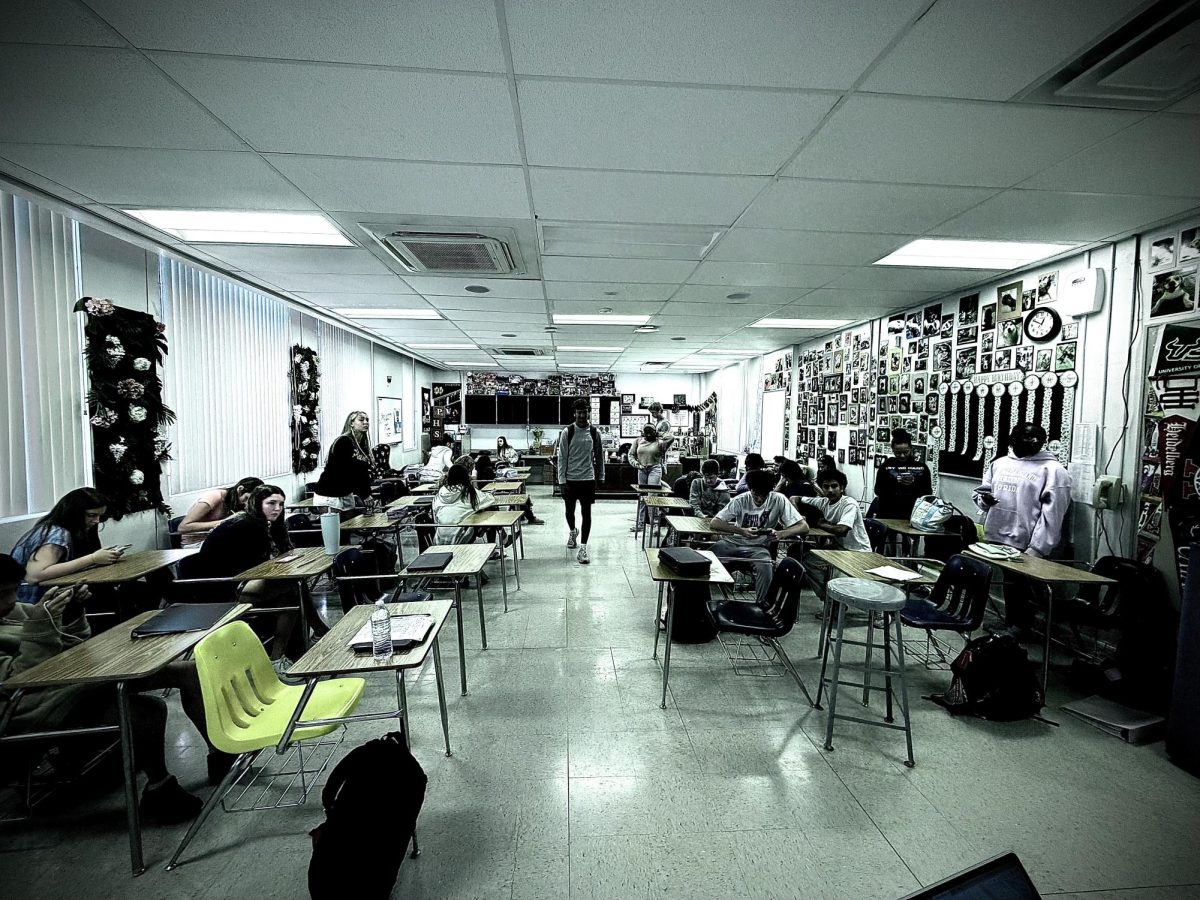Across Florida, school districts are struggling with teacher shortages due to insufficient state funding for salaries and a lack of student interest in pursuing teaching as a career. Many schools have been forced to combine classes, placing an unmanageable workload on teachers. This staffing shortage has persisted for years across the state.
One of the main factors driving this shortage is low pay. According to The Hill, Florida ranked 50th among all states in teacher salaries in 2024, with an average annual salary of $53,000, while California, the top-paying state, offers up to $96,000. These low wages often lead young students interested in a teaching career to reconsider their paths in favor of higher paying jobs, according to the Florida Education Association (FEA).
Beyond pay, teaching has become increasingly complex and challenging for teachers, with larger class sizes and increased misbehavior. Teachers are now expected to act as both educators and enforcers, managing a growing number of students who disrupt classes and show disrespect toward their teachers and peers. Many students also struggle with declining social skills, an issue worsened by the COVID-19 pandemic.
“The expectations for teachers have grown over time for years and years,” English teacher Kristina Chowning said. “We do not get responsibilities taken away. But rather a constant pile on of responsibilities on and on and on, as far as parents are concerned, oftentimes they side with the student rather than the teacher, without even considering the issue at hand.”
Chowning added, “Over the course of my career, I have seen students exhibit worse behavior. I will say that COVID had a huge impact on the kids socially and emotionally, because they were deprived of that classroom experience in some cases for a year or more, so I feel like that did make an impact. As new students come through the system, they are more immature, not quite as high achieving as they had been in the past.”
WLRN reports that Hillsborough County is currently short of more than 3,500 support staff, including 3,000 teachers, a number greater than the combined total of Florida’s 18 smallest districts. This shortage negatively affects the quality of education, resulting in classroom ratios as high as 45-to-1. Teachers must now manage larger groups, creating particular challenges for those teaching elementary and middle school students.
WPTV quotes a Hillsborough County teacher saying, “I feel value as a person, but not as an educator.”
With additional funding cuts from both the state and local districts, teachers are receiving less support and are often required to use their own salaries to supply their classrooms. Many teachers cannot afford these costs and are left with little choice but to either find other employment or provide fewer resources for students.
To address the shortage, a new law, House Bill 875, was introduced and passed to reduce teaching qualifications in Florida. The law, which takes effect on July 1, 2027, will lower the requirements to become a teacher from a bachelor’s degree to an associate degree with a teaching license, according to the Florida Department of Education (FLDOE).
Some are expressing their concerns about this new law. Emily Williamson, (11), said, “I am concerned because I think it will confuse students more if the teacher doesn’t fully understand what they are teaching.”
Teacher Vacancy Rate by caporcelli

